#toothwort
Text






Clandestine
107 notes
·
View notes
Text
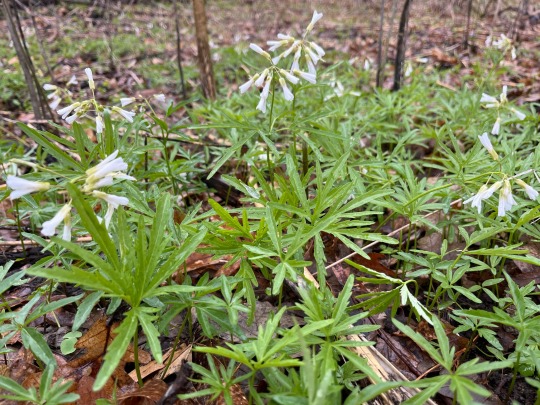
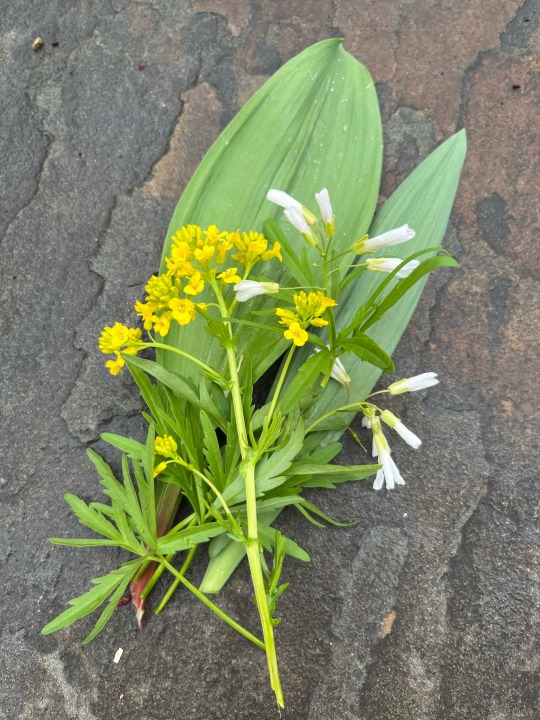

Lake Trout, Toothwort and Garlic Ramp Wine Cream Sauce with Home Fries
I checked out my fave foraging spot and no morels or Gyromitras. Drat. So far anyway, it’s early still so I’ll be back. But as diligence I gathered a few Toothwort, ramp leaves, and Winter cress/creasy-Greens tops. The horseradish peppery flavor of the Toothwort and the bitter cress are perfect with trout.
Remember kids, take only what you need. Don’t take more than you use, or take too much that harms the plant or harms reproduction.
20 notes
·
View notes
Text

Cardamine diphylla / Crinkleroot at the Sarah P. Duke Gardens at Duke University in Durham, NC
#Cardamine diphylla#Cardamine#Brassicaceae#Native plants#Native flowers#Edible plants#Flowers#Nature photography#photographers on tumblr#Sarah P. Duke Gardens#Duke Gardens#Duke University#Durham#Durham NC#North Carolina#Crinkleroot#Toothwort#Pepper root
0 notes
Text
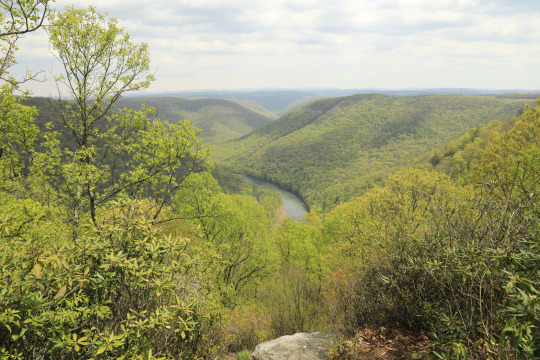
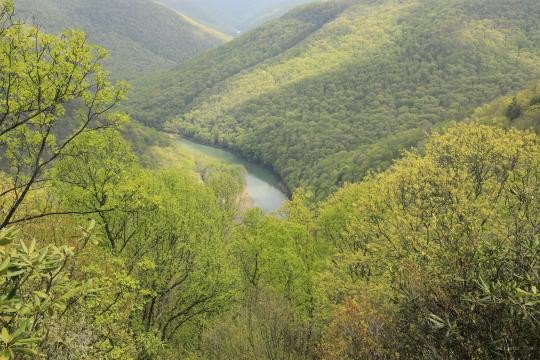
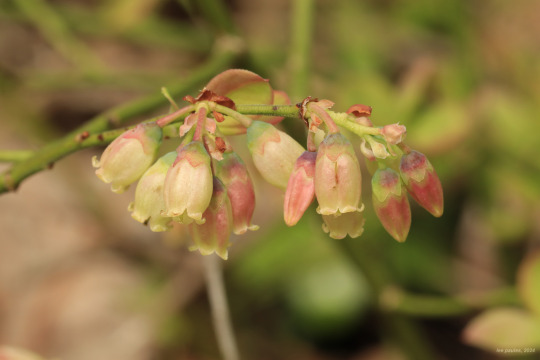

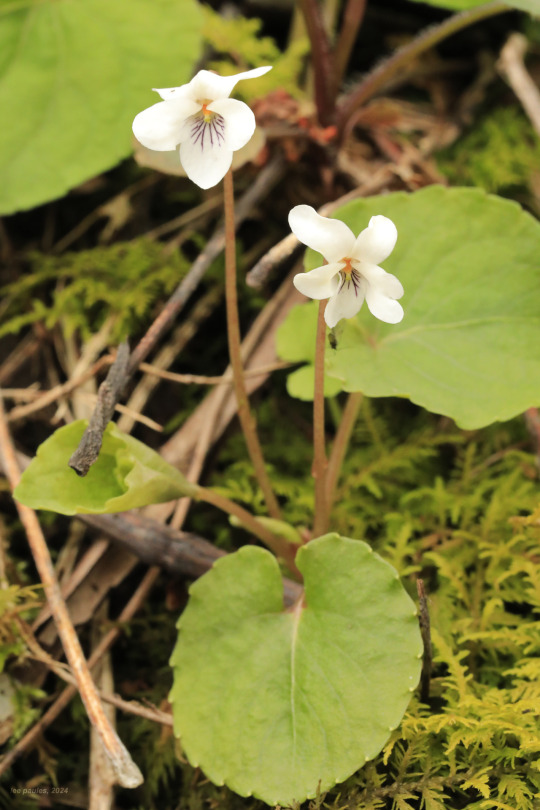
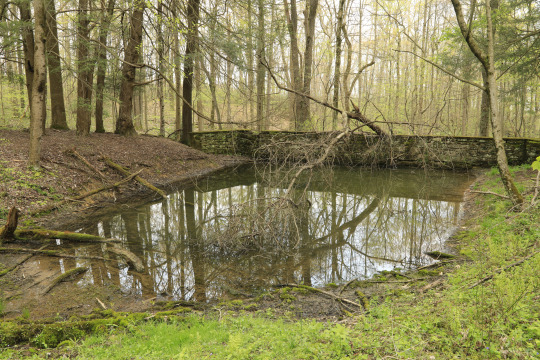
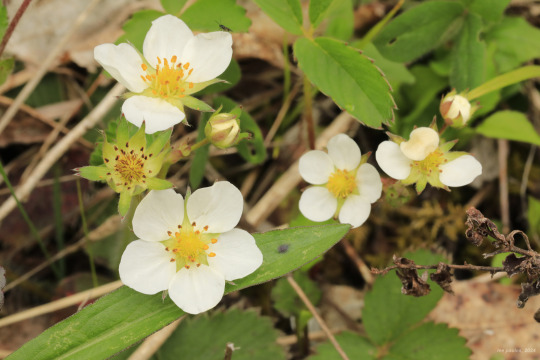
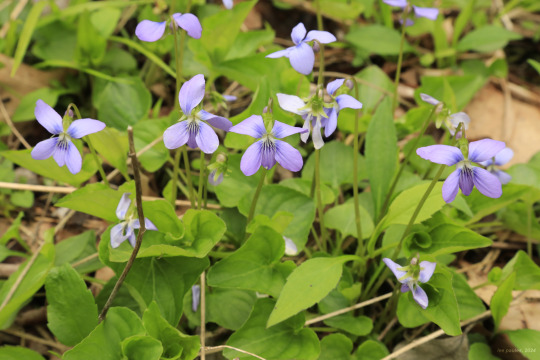
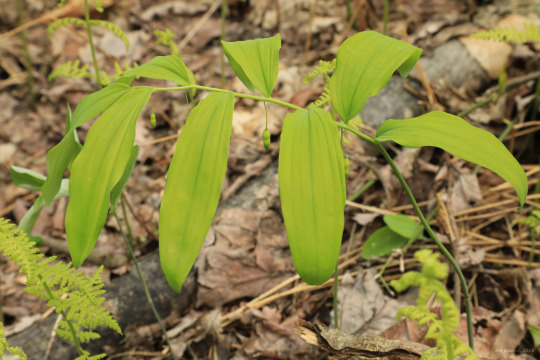

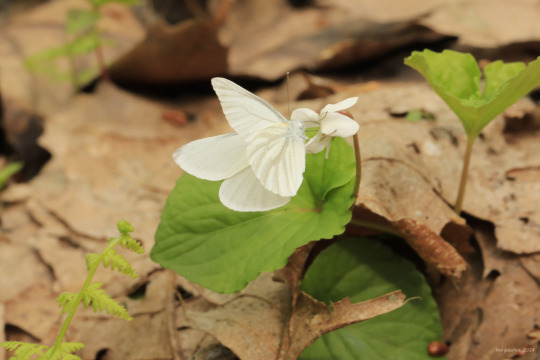

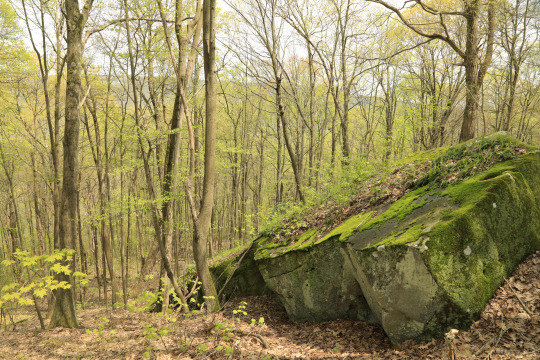
Spring in the Cheat River Canyon.
From top: lowbush blueberry (Vaccinium pallidum); the pendulous green flowers of striped maple (Acer pensylvanicum); sweet white violet (Viola blanda), which loves cool, moist forests; wild strawberry (Fragaria virginiana), which has been hybridized with a South American species to produce commercial strawberries; marsh blue violet (Viola cucullata), an elegant, gregarious violet found growing in seeps and along streambanks; smooth Solomon's seal (Polygonatum biflorum); great white trillium (Trillium grandiflorum); a West Virginia white (Pieris virginiensis) sipping nectar from a sweet white violet; and broadleaf toothwort (Cardamine diphylla), the larval host plant for the West Virginia white.
Note: this hauntingly beautiful butterfly, a flitting ghost in Appalachia's April forests, is in serious decline because it confuses invasive garlic mustard for its host plant, Cardamine. Garlic mustard is toxic to its larvae. Another example of how an invasive species can wreak havoc on the vital lifecycles of our native ecosystems.
#appalachia#vandalia#west virginia#wildflowers#flora#spring#cheat river#cheat river canyon#snake hill wildlife management area#lepidoptera#butterfly#west virginia white#lowbush blueberry#striped maple#sweet white violet#marsh blue violet#smooth solomon's seal#great white trillium#broadleaf toothwort#crinkleroot#two-leaved toothwort
253 notes
·
View notes
Text
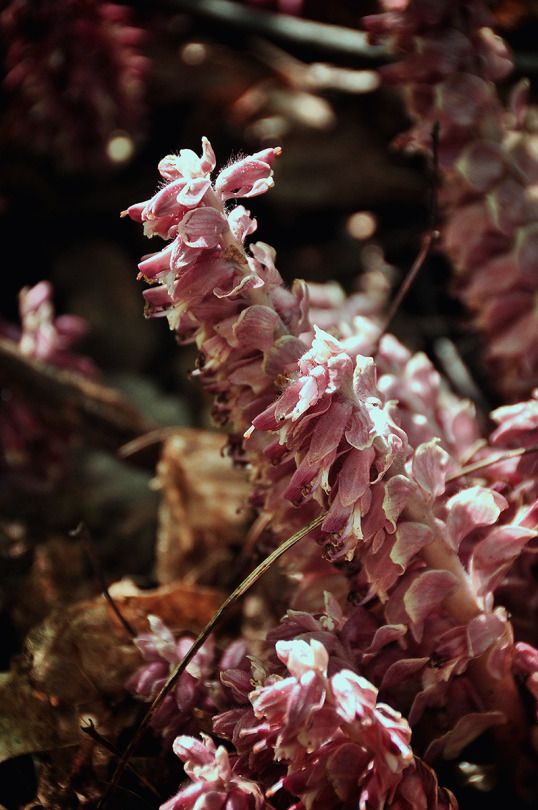

~
#nature photography#plants#nature#photography#flower#flowers#wild flowers#wild plants#common toothwort#lathraea squamaria#my photos
8 notes
·
View notes
Text

Ohio Spring Wildflower Field Guide
#flower#flowers#spring flowers#spring#floral#wildflowers#wild flowers#ohio#ohio wild flowers#botany#march#april#Cutleaf toothwort#Plant#Cardamine concatenata#cutleaved toothwort#crow's toes#pepper root#purple-flowered toothwort
3 notes
·
View notes
Text
If I live through this month I'm getting a fucking tattoo. I need it for my mental health.
#it's just. too many things. everything everywhere all at once-core#only I don't have skills of my other selves to help me out#anyway getting some kind of parasitic plant was my plan#i thought about mistletoe but people will ask if it's christmas-related ugh#orobanche or toothwort are fully parasitic and they look cool on botanical illustrations but I'm not sure about my skin 🤔
3 notes
·
View notes
Text
3-31-24: First Wildflower Walk of 2024...
Hello everyone! I hope this post finds you well. We finally had a good soaking! Lighting, thunder, and lots of rain! The rain gauge said 1 3/4″ in the end.
I went Moral mushroom hunting on Saturday and found around 20, but most of them were on the small side so I left them behind. I found a few that were big enough to fill a 9″ skillet.
Then on Sunday, I went to my friend Kevin’s secluded woods…

View On WordPress
#Cardamine concatenata (Cut Leaved Toothwort)#Claytonia virginica (Virginia Spring Beauty)#Dicentra cucullaria (Dutchman&039;s Breeches)#Ellisia nyctelea (Aunt Lucy)#Erythronium albidum (White Fawnlily)#Phlox divaricata (Wild Blue Phlox)#Triosteum perfoliatum (Perfoliate Tinker&039;s Weed)#Viola pubescens (Downy Yellow Violet)
0 notes
Text
First trip to a park this year 🌱
instagram
#suffocatedrose photography park nature flowers periwinkle forsythia yucca troutlily toothwort springbeauty buttercup violet#Instagram
1 note
·
View note
Text
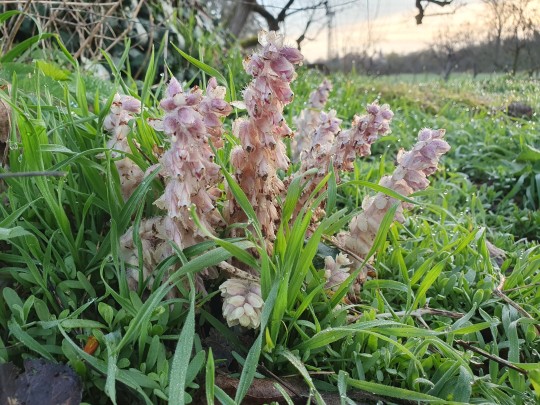


Lathraea (toothwort)
#plant#plants#flowers#flower#nature#photography#green#pink#original#pastel#cottagecore#naturecore#forestcore#witchy aesthetic#botany#parasitic#parasite#spring
316 notes
·
View notes
Text
A Baby Witch's First Grimoire
Grimoire Entry 16 - Banishing/Exorcism Herbs

A-L:
Agrimony
Angelic
Arbutus
Asafetida
Avens
Basil
Betel Nut
Birch
Boneset
Buckthorn
Cactus
Clove
Clover
Cumin
Deadnettle
Devil's Bit
Dragon's Blood
Elder
Elecampane
Fern
Fleabane
Frankincense
Fumitory
Garlic
Heliotrope
Horehound
Horseradish
Juniper
Leek
Lilac
M-Z:
Mallow
Mint
Mistletoe
Mouse Ear
Mullein
Myrrh
Nettle
Onion
Palo Santo
Peach
Peony
Pepper
Pine
Rosemary
Rue
Sagebrush
Sandalwood
Sea Salt
Sloe
Snapdragon
Tamarisk
Thistle
Thyme
Toothwort
Vinegar
Witch Grass
Wood Betony
Wormwood
Yarrow
Feel free to check out my master post for more information!
#herbal witch#herbs#magick#paganism#wicca#witchblr#witchcraft#baby witch#pagan#witch stuff#witch#witch community#herbalism#witches#green witch#eclectic witch#eclectic wicca#eclectic pagan#A Baby Witch's First Grimoire#paganblr#pagan witch#witchcore
18 notes
·
View notes
Text
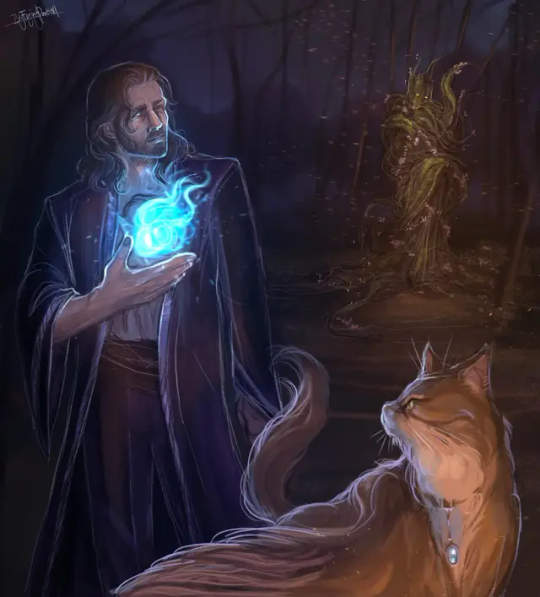
The wizard of Waterdeep and Dead Papa Toothwort
If you know me, you must be aware of/haunted by two things: My brain has millions of connections for the most minor things in life AND I am fatally unhinged when it comes to anything that mingles folklorean horrors and literature. So when I caught note of the voice actor of Gale from BG3 - Tim Downie - recommending books or the folklore horror sort, I immediately crashed into reading one of them. Specifically Lanny by Max Porter. And given I really enjoyed Dead Papa Toothwort's depiction in the book, I thought; Why not let me connect all of this into on bundle that represents most of what went on within this one peculiar capsule of a singular brain cell?
Tara the tressym may also be a nod to my own two cats who kept me from refilling my tea when I read the book by sleeping on my legs entirely.
#gale dekarios#gale of waterdeep#bg3#baldur's gate 3#tim downie#max porter#lanny#art#doodle#artist#commission#digital art#procreate#drawing#commissions#digital drawing#illustration
51 notes
·
View notes
Text

Cut-leaved Toothwort
#native plants#spring flowers#nature photography#photographers on tumblr#original photography#original photographers#flowers
26 notes
·
View notes
Text
My Garden Flowers Part 3
All photos mine. The small buttercup and evening primrose are edited for colour since the camera didn't catch it and washed it out.
In order of appearance:
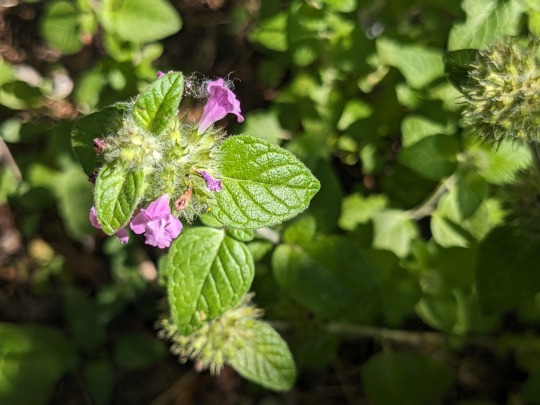
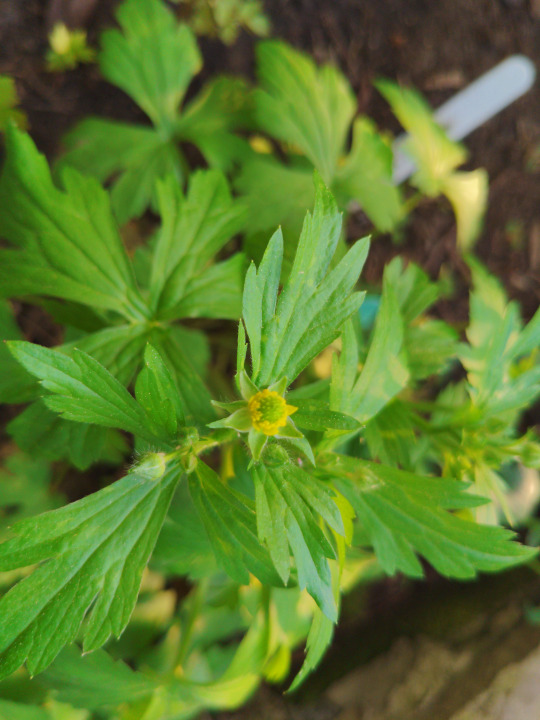


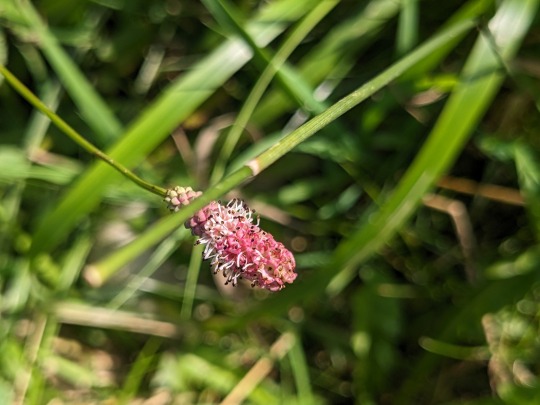
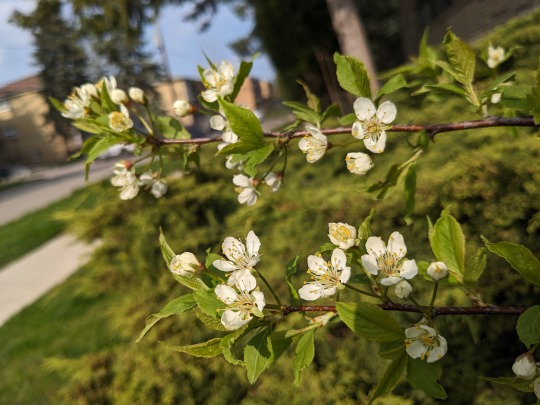

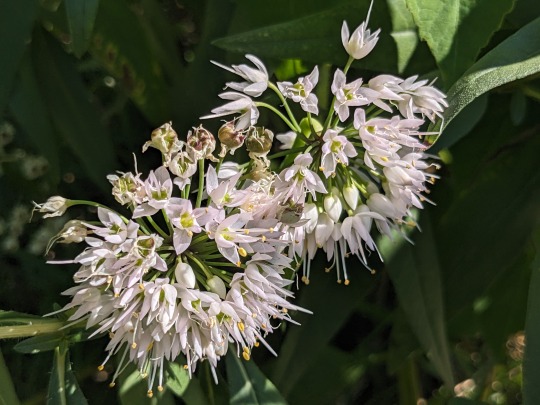
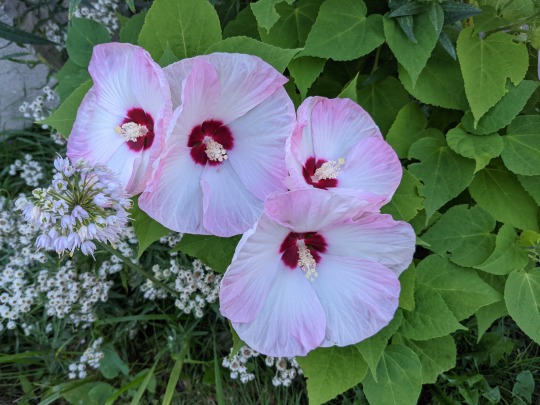

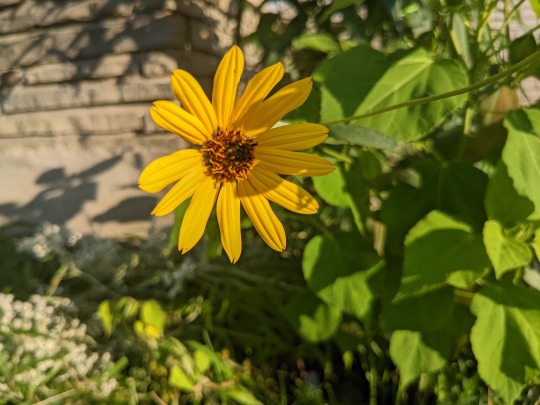

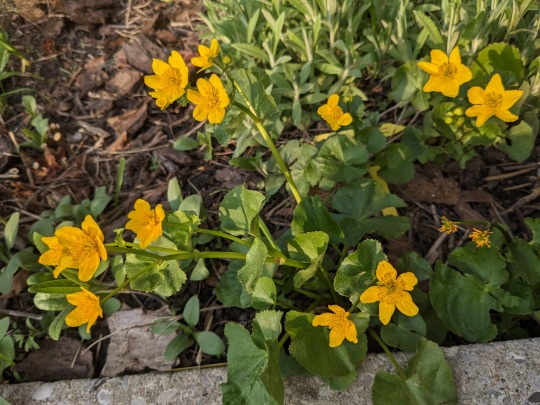


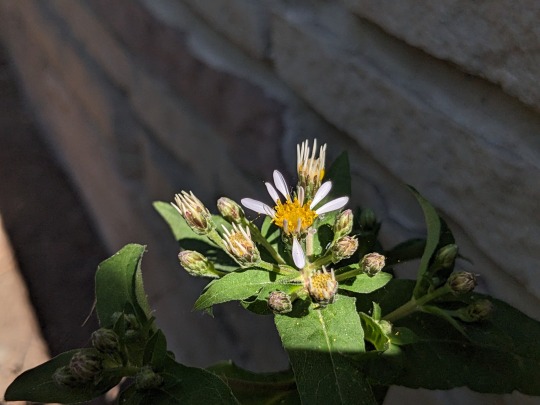

In order of appearance:
061. Wild Basil (Clinopodium vulgare) Didn't do so well the last place I had her in, but she seems happy in this spot, so fingers crossed.
062. Crested Iris (Iris cristata) Not pictured as she hasn't flowered yet.
063. Smallflower Buttercup (Rancunculus abortivus) Not much to look at compared with other buttercups but one of the only native buttercups with (limited) edible uses.
064. Smooth Solomon's Seal (Polygonatum biflorum) Not pictured as she hasn't flowered yet. Soon, hopefully!
065. False Solomon's Seal (Maianthemum racemosa) Not pictured as she hasn't flowered yet, but she's growing well so hopefully next year.
066. Blisterwort (Ranunculus recurvatus) I didn't plant that. She just turned up last year. Not pictured as I haven't got any pictures yet.
067. Fairy Spuds (Claytonia virginica) Not pictured as she hasn't flowered yet. She's a wee little spud in the ground.
068. Flowering Dogwood (Cornus floridus) Not pictured as she hasn't flowered yet but she is slowly spreading out.
069. Plantain-Leaf Sedge (Carex plantaginea) Not pictured as I haven't got pictures yet. I should. It's a neat plant. Evergreen, too!
070. Virginia Bluebells (Mertensia virginica) One of the prettiest plants I've ever seen, from the shape and texture of the leaves to the purplish pink buds to the bright blue bell-shaped flowers. They're spring ephemerals, though, so they're long gone by now. But will emerge next spring!
071. Evening Primrose (Oenothera biennis) Only lives for two years and reseeds itself. It's a common weed along sidewalks, but its flowers glow yellow in the evening and often remain in bloom at night.
072. Squirrel Corn (Dicentra canadensis) Not pictured as she hasn't flowered yet. The leaves are really cute, though.
073. Large Toothwort (Cardamine maxima) Not pictured as she hasn't flowered yet.
074. Wintergreen (Gaultheria procumbens) Not pictured as I haven't got any pictures yet.
075. Great Burnet (Sanguisorba officinalis) A cultivar, not sure which one. I'll get the wild type if/when I can.
076. American Plum (Prunus americana) I was not expecting her to flower this year! Hopefully she will next year too, and without aphids this time so I can have some plums. :)
077. Smooth Aster (Symphyotrichum laeve) So like I said, I do think New England asters are the prettiest of this genus, but smooth asters are very nice in their own way. Tender bluish leaves, and delicate light purple flowers.
078. Sweet Grass (Hierochloe odorata) Not pictured as I haven't got any pictures yet. She only flowered one year. Hasn't since. I won't miss a photo next time.
079. Nodding Onion (Allium cernuum) What's better than pretty flowers? Tasty pretty flowers!
080-081. Swamp Rose Mallow (Hibiscus moscheutos) Two different cultivars and the red one has died, but I did get my hands on the wild type! That will hopefully bloom this year.
082. Stiff Sunflower (Helianthus pauciflorus subrhomboideus) Holds her own against the much more aggressive Nuttall's sunflower. Sometimes called beautiful sunflower. I don't know how one decides which species of a very showy genus gets that name, but I guess she won out.
083. Pearly Everlasting (Anaphalis margaritacea) Another one that was hard to choose a photo of. You just hardly believe they're real!
084. Marsh Marigold (Caltha palustris) I planted her where there's a drip from the eavestrough so she can get very wet when it rains. :) She is not a marigold but instead part of the buttercup family.
085. Nuttall's Sunflower (Helianthus nuttallii) Whenever I am expressing frustration about sunflowers, it is almost always this species. lol Very beautiful but very aggressive.
086. Larkspur Violet (Viola pedatifida) Not pictured as she hasn't flowered yet.
087. White Turtlehead (Chelone glabra) Not pictured as she hasn't flowered yet.
088. Small Sundrops (Oenothera perennis) Not quite as intensely yellow as some of her relatives but still very bright.
089. Bigleaf Aster (Eurybia macrophylla) You generally grow her for foliage rather than her flowers, but flowering she is! Very drought-tolerant, but spreads more readily in less harsh conditions.
090. Bride's Feathers (Aruncus dioicus) Southern Ontario and surrounding area's evolution really went off on the lacy white flowers, and this species' flowers might be the laciest of them all.
#blackswallowtailbutterfly#my photos#photography#my garden#garden flowers#native plant gardening#native flowers of Carolinian Canada and USA#Viola sororia#Rancunculus abortivus#Mertensia virginica#Oenothera biennis#Sanguisorba officinalis#Prunus americana#Symphyotrichum laeve#Allium cernuum#Hibiscus moscheutos#Helianthus pauciflorus subrhomboideus#Anaphalis margaritacea#Caltha palustris#Helianthus nuttallii#Oenothera perennis#Aruncus dioicus
11 notes
·
View notes
Text

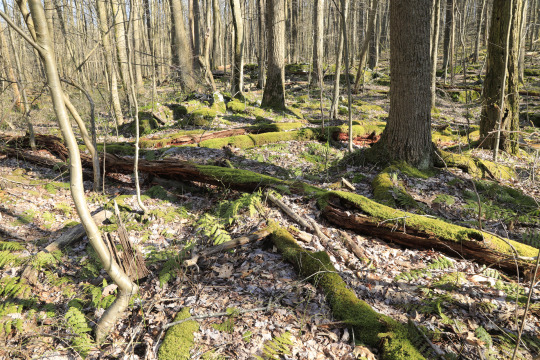
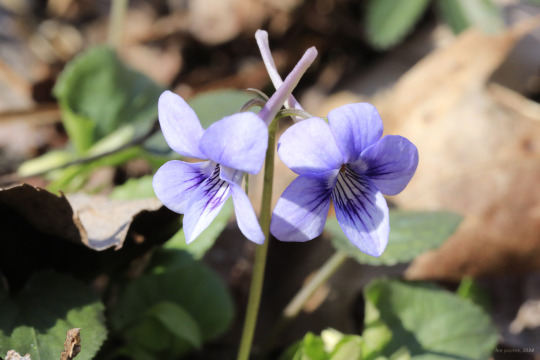
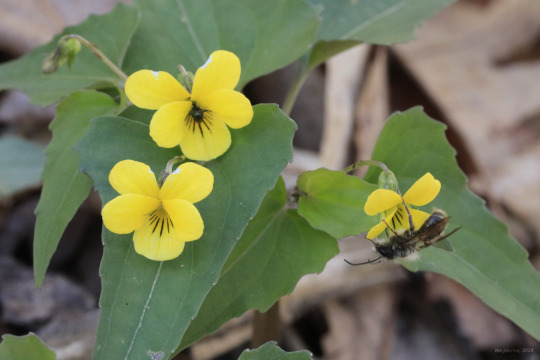
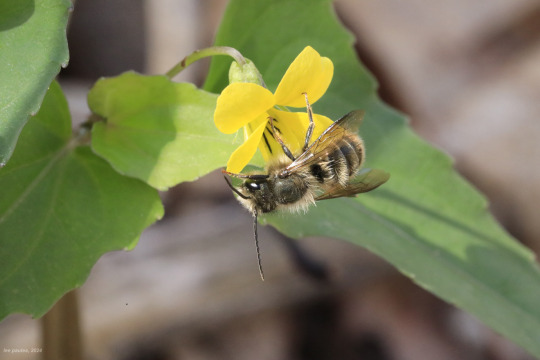

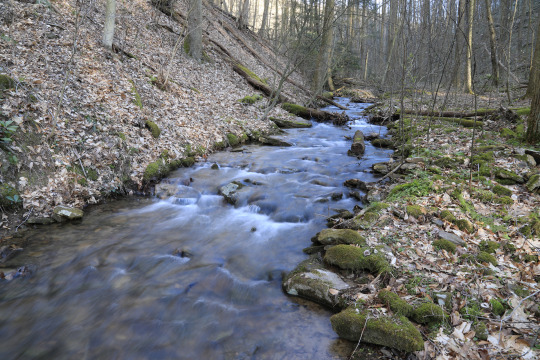
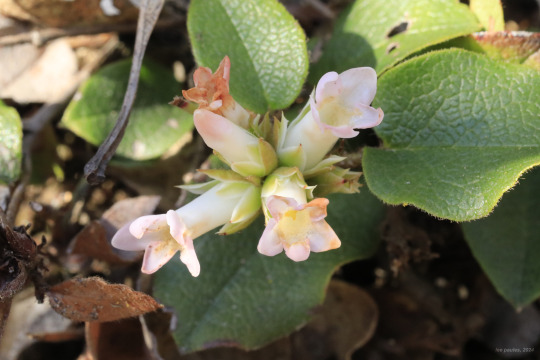
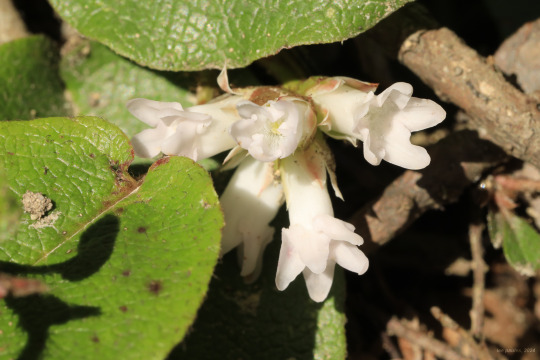
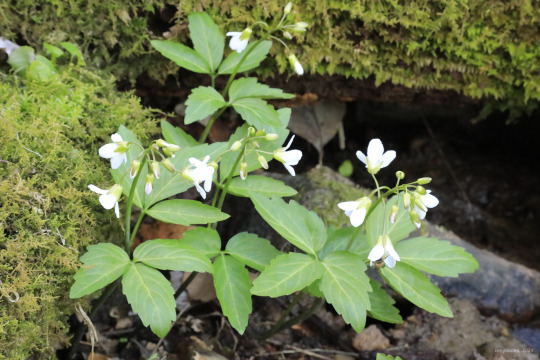
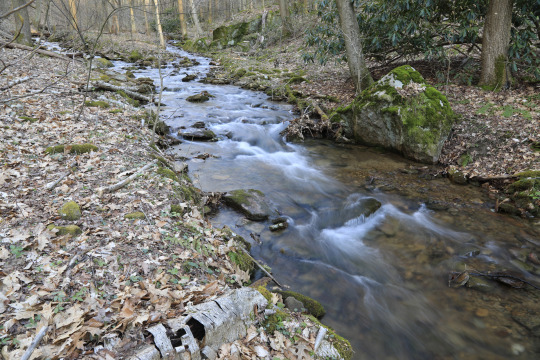
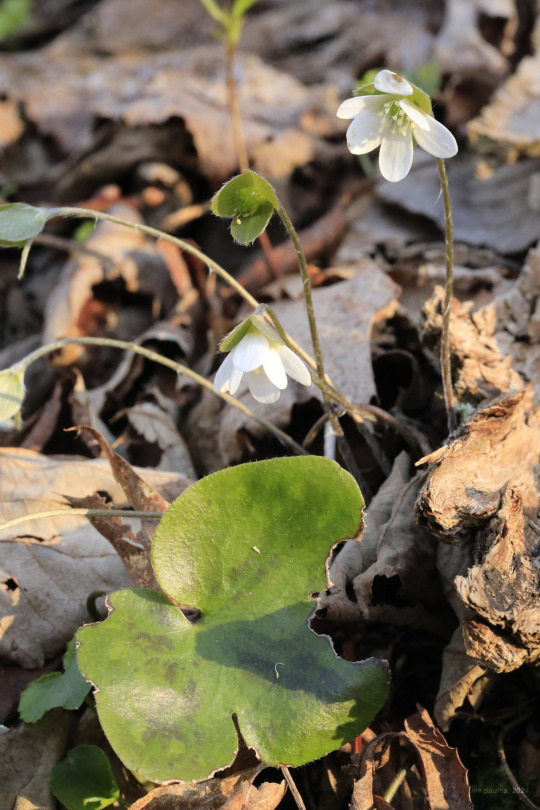
NC-WV is finally enjoying a dry, sunny spring weekend after weeks of near nonstop, flooding rain. That was all the incentive I needed to take my first long hike of the spring at Coopers Rock State Forest. The wildflower progression on top of Chestnut Ridge is running about 2 weeks behind that at lower elevations, but there were plenty of early spring beauties on display this afternoon. From top: Allegheny serviceberry (Amelanchier laevis); long-spurred violet (Viola rostrata); halberd-leaved yellow violet (Viola hastata); downy rattlesnake plantain (Goodyera pubescens); trailing arbutus (Epigaea repens), which is not herbaceous but a mat-forming, evergreen shrub in the health family; broadleaf toothwort (Cardamine diphylla), also known as two-leaf toothwort; and round-lobed hepatica (Hepatica americana), which prefers drier woods than sharp-lobed hepatica (Hepatica acutiloba), which I typically find growing on the rocky, calcareous slopes along the Monongahela River.
#appalachia#vandalia#west virginia#wildflowers#flora#spring#coopers rock state forest#chestnut ridge#allegheny serviceberry#long-spurred violet#halberd-leaved yellow violet#downy rattlesnake plantain#trailing arbutus#broadleaf toothwort#two-leaf toothwort#round-lobed hepatica
88 notes
·
View notes
Text
All these riverside plants he knows like the growths of his own body. Acrid stinking-hellebore, its green petals dyed crimson at the rims. Fleshy toothwort, the colour of a muddy white pig. Broomrape, wrinkled and brown. Henbane, whose veins run blood. In winter stinking-hellebore appearing before any other plants were in bloom and the only colour in the visible world was the orange and red of willow and dogwood at the water’s edge.
Robert Drewe, from The drowner (Macmillan 1996)

11 notes
·
View notes